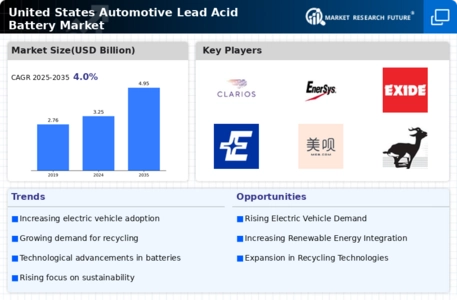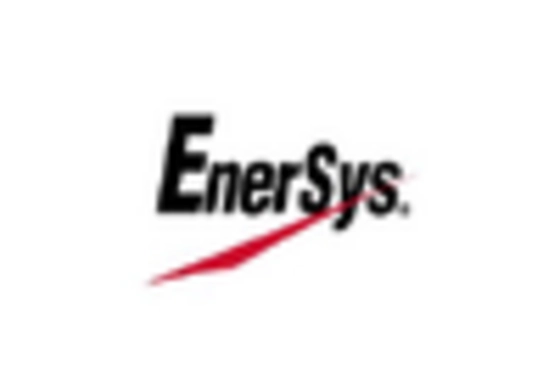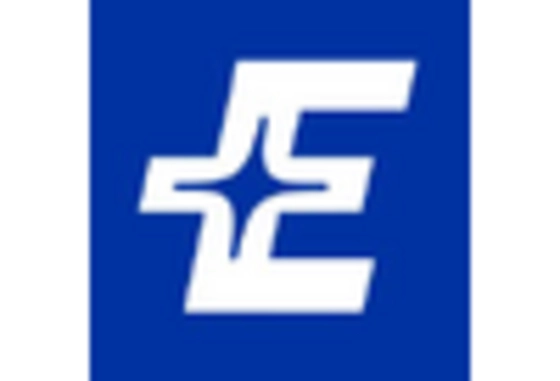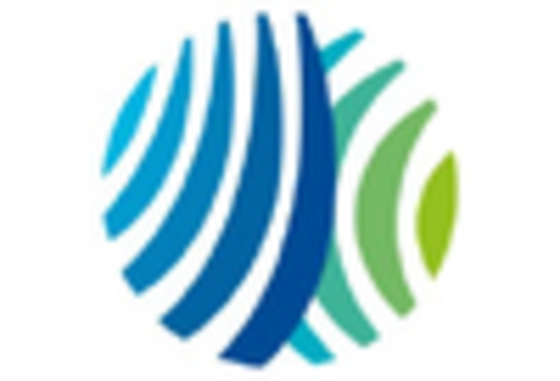In January 2022, Clarios introduced Smart AGM batteries for use in sophisticated driver assistance systems on electric vehicles.
In December 2021, GS Yuasa Corporation struck a deal with Tata Autocomp GY Batteries Private Limited to boost lead acid battery output to more than 8 million units.
In May 2022, ACE Green Recycling plans to build and operate North America's largest zero-emission and ecologically friendly battery recycling park in Texas, USA. When fully operational, the park plans to recycle both lead-acid and lithium-ion batteries. By 2025, the park expects to process and recycle up to 100,000 metric tons of discarded lead-acid batteries and 20,000 tons of used lithium-ion batteries each year.
In May 2022, ACE Green Recycling intends to establish and run North America's largest zero-emission and environmentally friendly battery recycling complex in Texas, USA. Once fully operational, the park intends to recycle both lead-acid and lithium-ion batteries. By 2025, the park plans to handle and recycle up to 100,000 metric tons of waste lead-acid batteries and 20,000 tons of used lithium-ion batteries annually.
In April 2024, Hyundai Motor and Kia announced that they are partnering with Exide Energy Solutions Ltd. to expand the production of electric vehicle (EV) batteries in India. With this new partnership, they intend to produce lithium iron phosphate (LFP) cells. Exide Industries, who is famous for doing lead-acid batteries, will be expanding their scope of manufacturing in the battery industry. This initiative puts Hyundai and Kia in a position to incorporate local batteries in their future EVs which is a step towards carbon neutrality in India.
In May 2023, EnerSys added the new ODYSSEY Connect battery monitoring system to its offerings, particularly as an augment for its lead-acid batteries. This system is groundbreaking as it enables the monitoring of various metrics related to battery health and performance using Bluetooth connection on smart devices. Some of the most notable features include monitoring State of Health (SOH) and State of Charge (SOC) and providing voltage and temperature readings.
In April 2023, Li-Cycle Holdings Corp executed a definitive agreement for new long-term recycling partnership. Under the contract, Li-Cycle would become the strategic and preferred recycling partner of VinES for the battery materials in Vietnam beginning in 2024.
In December 2022, Nevada, a US state, publicized the purchase of another site in the Tahoe-Reno Industrial Center. According to ABTC, this site is already equipped because it previously hosted a big scale operation for recycling lead acid batteries and also had the infrastructure and permits to undertake similar activities.
In December 2022, Glen Core entered into a framework agreement with ACE Green Recycling, a company that specializes in recycling technology. Under the framework contract, Ernest Aishel, would allocate an advance purchase order for up to 100% of ACE’s products that are expected to come from four proposed lead acid and lithium-ion battery recycling parks in the United States, India, and Thailand.

















Leave a Comment